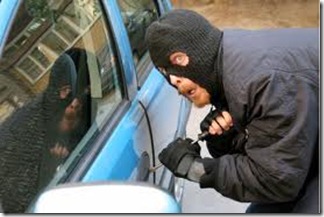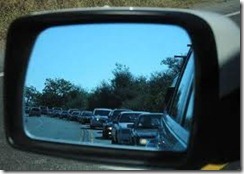Do you think you can tell myth from reality when it comes to your vehicle’s care? Check out these myths and facts from Motortrend and test your know how!
With so much misinformation out there surrounding car care, it's no wonder people get confused about what's truth and what's fiction. Paint care is definitely one area that can raise a lot of questions. To sort the myths from the reality, we talked to Mike Pennington, director of training for Meguiar's. Active with detailing professionals, show-car owners, and amateur enthusiasts, Pennington conducts regular paint-care classes and seminars and acts as technical consultant for many auto manufacturers and their dealerships-including BMW, Lexus, Nissan, Infiniti, and DaimlerChrysler-as well as such automotive paint manufacturers as DuPont, PPG, and BASF. Here's his insight into the paint-care quagmire.
Myth: A wax made of 100-percent carnauba is superior to those using lesser amounts.
Reality: Carnauba wax has been a favorite among car enthusiasts for years, but don't believe that any wax is made of 100-percent carnauba. As the hardest natural wax known, carnauba is much too hard to apply directly to automotive paint. It comes in bricks that must be melted and added to a company's formulation. If a paint protectant advertises "pure carnauba," it means the part of the formula that is carnauba is pure, not that it's 100-percent carnauba. According to Pennington, today's synthetic polymer technology actually provides better protection than carnauba.
Myth: Avoid a silicone-based wax. If used, the vehicle can't be repainted.
Reality: It's true that silicones are a bane of the auto painter. For instance, if particles of silicone are on the sheetmetal when it's painted, they can keep the paint from adhering to the surface, causing defects known as fisheye. That's why some professional cleaners and polishes intended for shop use are formulated without silicone. However, once paint is on the car, silicone is no longer an issue. In fact, virtually every wax on the market uses some kind of silicone in its formula because it enhances the product's ease of application, gloss, and durability. If repainting is necessary, a body shop can easily take off the wax as part of its normal preparation.
Myth: You can assume that a finish that looks glossy is in good shape.
Reality: There are different degrees of glossiness, and a paint can dull so gradually you may not realize it's happening. For this reason, don't rely just on reflectivity to judge your paint's condition. Use your sense of touch, as well. Place your clean, dry hand flat against the paint and slowly rub it along the surface. Feel with both palm and fingertips. A well-maintained finish should feel smooth as glass. Any roughness could be due to oxidation, tree sap mist, or adhered grit, all of which degrade a paint's gloss to some degree.














